Simple Mechanisms for Primary: Levers, Pulleys and Gears
Simple mechanisms have been part of the primary DT curriculum for some time. However, levers, pulleys and gears are now also in the primary science curriculum.
Here at Think Physics, we’ve a few suggestions about how primary teachers can link DT and science to develop cross-curricular themes. We started by looking at the science behind the three simple machines and then considered how to develop the science using the DT principles of Design, Make, Evaluate.
This included thinking about how we could use a coat hanger catapult to help the Gingerbread man across the river and how to get tomatoes down a hillside in Nepal using pulleys.
We’ve developed a CPD session which works through our ideas, and you are welcome to make use of the resources from the session.
Levers, pulleys and gears presentation
Household objects card-sort
Catapult building instructions
Useful links:
Clipbank. A short video of acrobats using a big lever to launch themselves into the air.
Imagination Factory. A resource which supports the teaching of simple machines with lots of simple practical ideas.
Squashed tomato challenge. An activity from Practical Action. Help your students see the real life use of the science they have been learning about. Excellent for STEM days and works for a wide age range.
Paper animations from Rob Ives. (£). A site all about paper animations for you and your students to build. Great to extend your keen students.
Heath Robinson machines (UK) or Rube Goldberg machines (USA). These can be described as complicated machines to solve simple tasks. Building one of these machines as the final activity of a unit on simple machines would be a good challenge for your pupils.
Here is a lovely video by OK Go showing a Rube Goldberg machine – though I don’t expect your pupils to be quite so complex.
This site from Connections Academy has some useful ideas about what your machines might include.


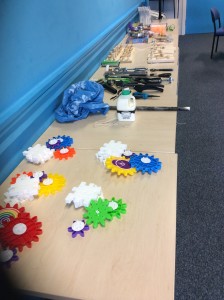
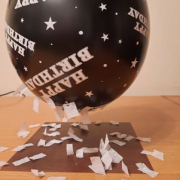


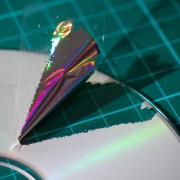


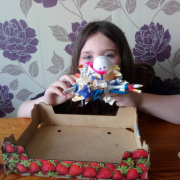
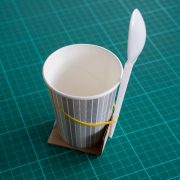



A great way to help Primary age children experience practical engineering issues is to use LEGO. LEGO Education offer a set called ‘Simple and Motorized Mechanisms’ (9686). If you don’t want to have to buy your own (or want someone to do the instructing), we at Awesome Engineers Ltd can help (see http://www.awesome-engineers.com).